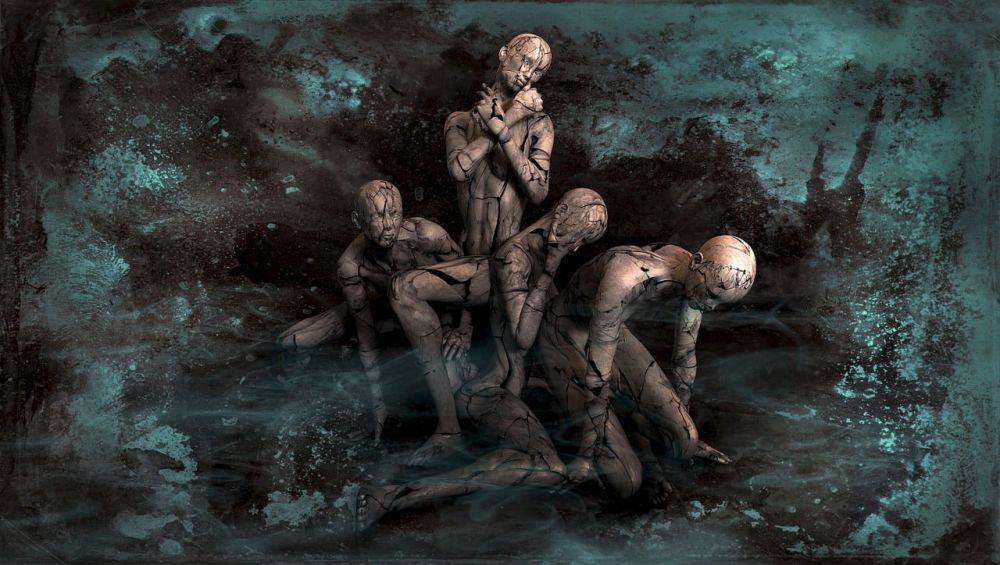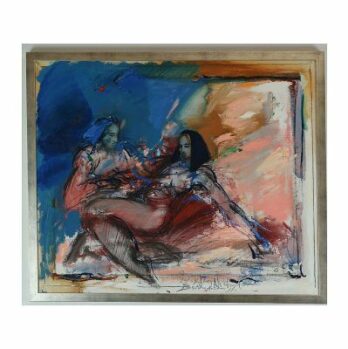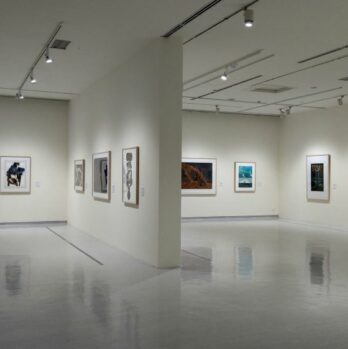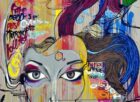Expressionism Art: A Profound Exploration of a Pioneering Artistic Movement

Introduction ()
Expressionism art, as an influential artistic movement, revolutionized the way artists conveyed their innermost thoughts and emotions through art. This article delves into the world of expressionism, presenting an in-depth overview of the movement, its various types, popular artists, and the historical context that influenced its development.
Overview of Expressionism Art

Expressionism art emerged in the early 20th century as a reaction against the rigid academic art of the time. It sought to communicate the subjective experience of the artist and often depicted distorted, exaggerated forms, bold colors, and intense brushstrokes. Expressionism aimed to evoke emotions and provoke a response from the viewer, moving away from objective representations of reality. Leading artists such as Edvard Munch, Ernst Ludwig Kirchner, and Emil Nolde championed this style.
Comprehensive Presentation of Expressionism Art
1. Types of Expressionism Art:
a. Die Brücke (”The Bridge”): A group of German artists who sought to combine primitive and urban culture in their works.
b. Der Blaue Reiter (”The Blue Rider”): Inspired by spiritual and mystical elements, this group focused on the spiritual aspects of art and its connection with nature.
c. Fauvism: Though not strictly expressionist, its bold use of color and rejection of naturalistic representation influenced the movement.
2. Popular Expressionist Artists:
a. Edvard Munc Known for his iconic painting ”The Scream,” Munch’s works vividly depicted emotional turmoil and existential angst.
b. Wassily Kandinsky: A pioneer of abstract art and a key figure in expressionism, Kandinsky’s paintings explored the power of color and nonrepresentational forms.
c. Egon Schiele: Famous for his provocative and highly stylized portraits, Schiele’s expressionism delved into the complexities of human psychology.
Quantitative Measurements of Expressionism Art
Expressionism art defies easy quantification since its essence lies in emotive expression rather than objective metrics. However, sales records, museum exhibitions, and auction prices can indicate the impact and popularity of certain expressionist works and artists. For example, the current value of Munch’s ”The Scream” at auction is a testament to its enduring appeal and cultural significance.
How Expressionism Art Differs Across Styles and Artists
Although expressionism art shares a common desire to express emotions, individual artists and groups approached it differently. Die Brücke artists embraced rawness and primal instincts, reflected in their use of bold colors and rough brushwork. Der Blaue Reiter artists, on the other hand, focused on spiritual and symbolic elements, employing vivid colors and abstract forms. Such variations highlight the diverse interpretations and expressions within the movement.
Historical Review of Pros and Cons of Expressionism Art
1. Advantages of Expressionism Art:
a. Emotional impact: Expressionism art creates a deep emotional connection, evoking strong responses from viewers.
b. Innovation: Expressionism challenged traditional notions of art, paving the way for new artistic developments.
2. Disadvantages of Expressionism Art:
a. Subjectivity: The subjective nature of expressionism can make it challenging for some viewers to interpret or appreciate.
b. Inaccessibility: The unconventional style and abstraction of expressionist art may alienate those accustomed to more traditional forms of representation.
Conclusion
Expressionism art, with its emphasis on emotion and subjectivity, holds a significant place in art history. Through this detailed exploration, we have gained a comprehensive understanding of the movement’s origins, prominent artists, various styles, and the impact it has had on the art world. As we continue to appreciate expressionism, we can connect with the raw emotions and unique perspectives that these works of art offer.
(Note: The placement of the video clip will depend on the specific content and context of the article.)











